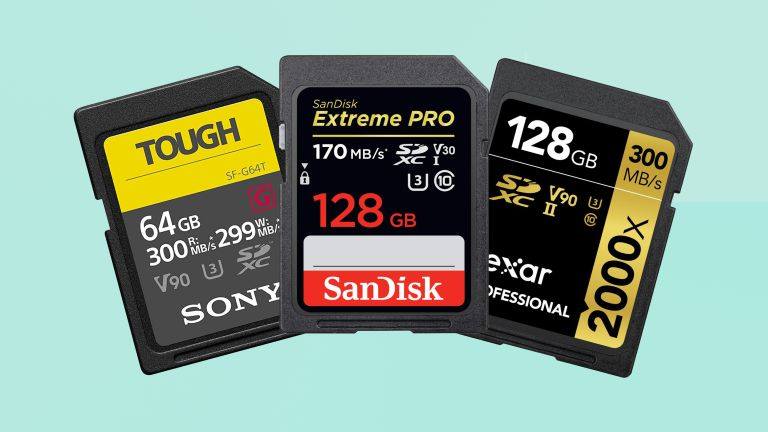Latest News
What does SD card do?

Does your camera use SD cards?
Have you seen that you can expand the memory of your mobile phone using a micro SD card? This format triumphs in many devices, but you may not be sure what it is or what it is for. If so, in Hugdiy.com
We have prepared this little guide to update.
What is an SD card?
An SD card, or any of its derivatives, is a small plastic-coated card where you can store photos, music, videos and any type of file or data. Like a hard disk or a USB memory, we can record and erase the data found in it as many times as we want. Today we can find them in three different formats: SD, miniSD, and microSD.The difference between each of these formats is the size they occupy and the devices in which they can be used.
This format was invented by Panasonic and its acronym means Secure Digital. Over time they have been gaining capacity, and today we can find cards of up to 64 GB or even more. On a card like this, we could store about 280 hours of MP3 music or more than 13,000 photographs in JPEG.
Although they are still known as SD cards, in reality, most of the ones we handle today are SDHC (Secure Digital High Capacity). They are an evolution of the first SD with greater capacity and faster reading speeds.
What is an SD card for?
As you can deduce, an SD card is used to store files and exchange them. These cards are small, easily transportable and very light. It is the ideal format to enter into another device that generates files and to be able to transport them and pass them on to others. Besides, it is a universal format, which is not associated with any brand. In this way, all manufacturers feel comfortable using it.
Another point in favor is the price. SD cards are manufactured by a multitude of different companies, with which there is a great competition that makes them cheaper.
Where can we find an SD, miniSD or microSD card?
At the moment, they are one of the most popular formats and can be found on almost any device. Cameras, mobile phones, computers, tablets or game consoles. The cameras were his first battlefield. After suffering for years with the different formats of each brand, the SD card has become the almost universal storage of compact cameras.
Special mention deserves mobile phones. In these, it is the smallest version, the microSD that wins. Many smartphones supplement the internal storage deficiency with the simple gesture of including a MicroSD slot. In this way, the user can fill the phone’s memory as many times as he wants without having to delete any files. One of the most common criticisms of the famous iPhone is precisely the absence of this possibility.
How do you use an SD, miniSD or microSD card?
If you don’t know what type of card you’re mobile, photo camera or any other device uses, just look carefully at the manual or search on hugdiy.com. Surely there will indicate the type of card that works in your case. And they will even tell you the capacity limit of the card to use.
Finally, the other virtue of this format is how easy it is to use it. Almost all computers sold today have a built-in card reader that recognizes an SD. If this is not the case, the price of a card reader does not exceed 10 or 15 euros, and it is easily connected via USB, a port that all computers have. The operation is very simple: the card is removed from the device (camera, smartphone, etc.), it is inserted into the reader and instantly the computer, either Windows or Mac, reads and reproduces it.
As you can see, the success of SD memories is based on how cheap and simple they are. Right now they are the most widespread memory card format, and their reign does not seem to falter. However, new devices demand increasing capacities. If the SD memories do not adapt and expand, another format will quickly appear to make the shadow.
Addison is a student of the Aust Abbottabad University of Science and Technology. He started his graduation in 2016 and graduated in 2020. I’m a professional article and blog writer, has written dozens of content on different topics and worked with professionals all over the globe. Feel free to contact me for any assistance. [email protected]










